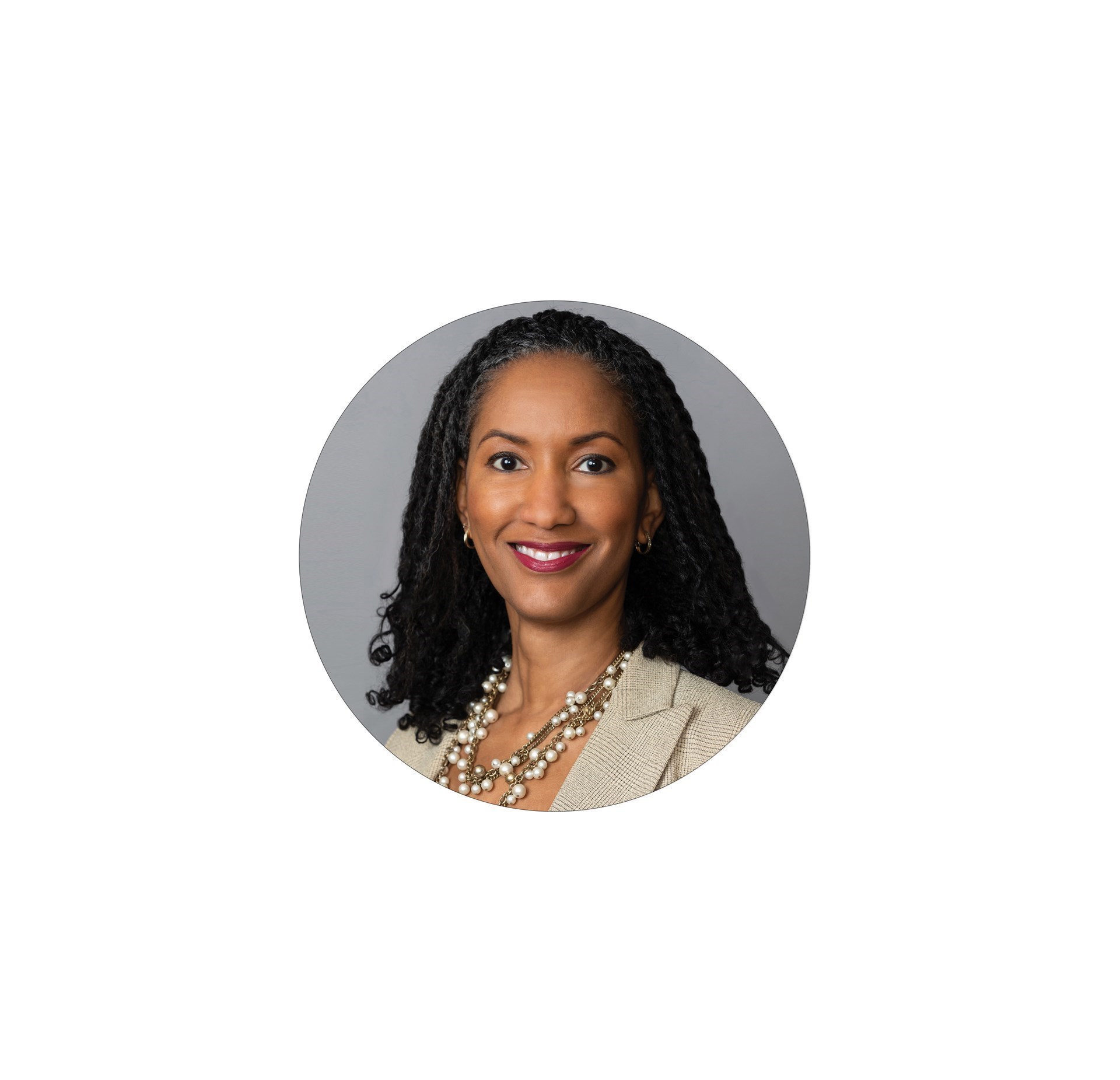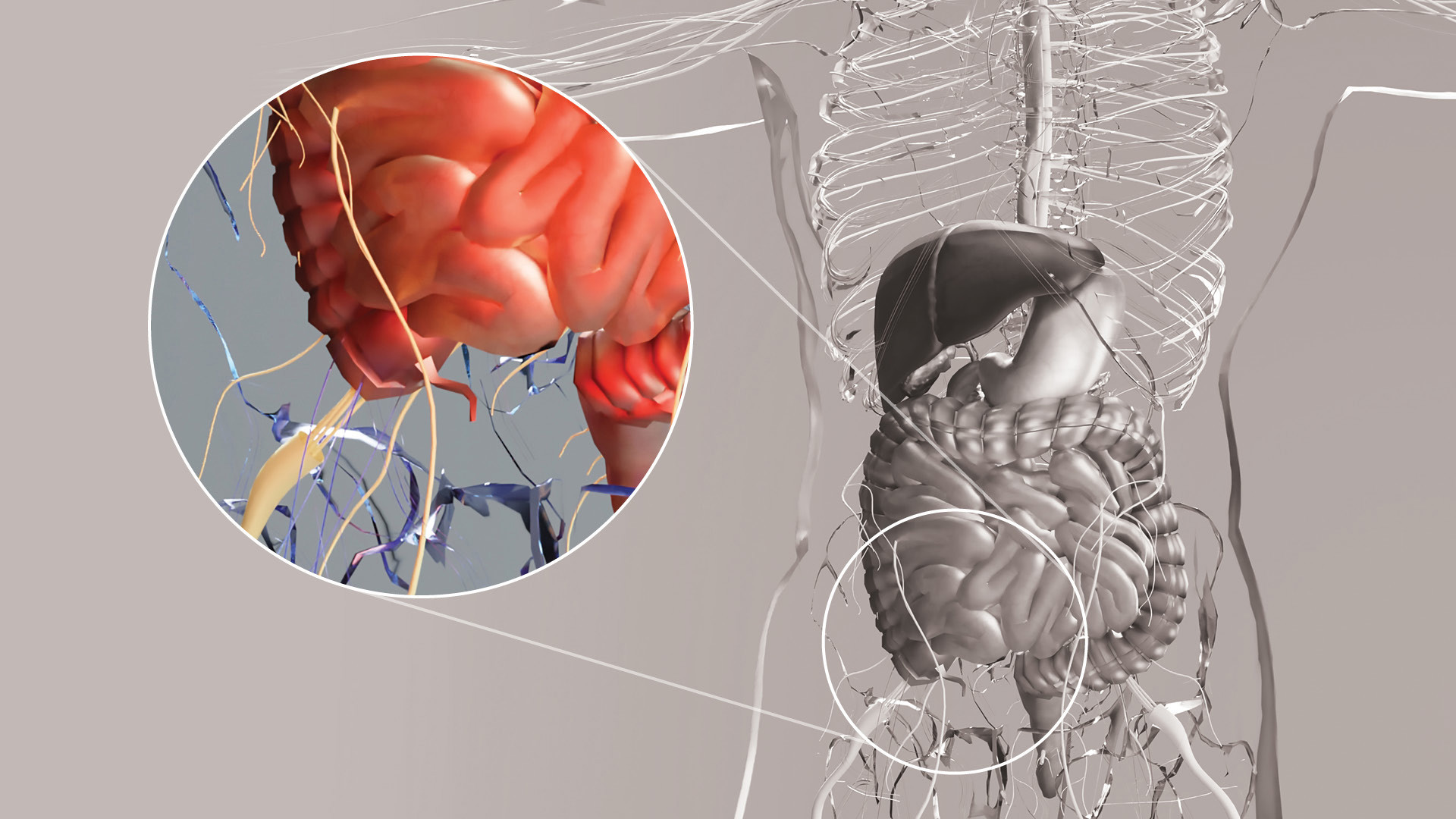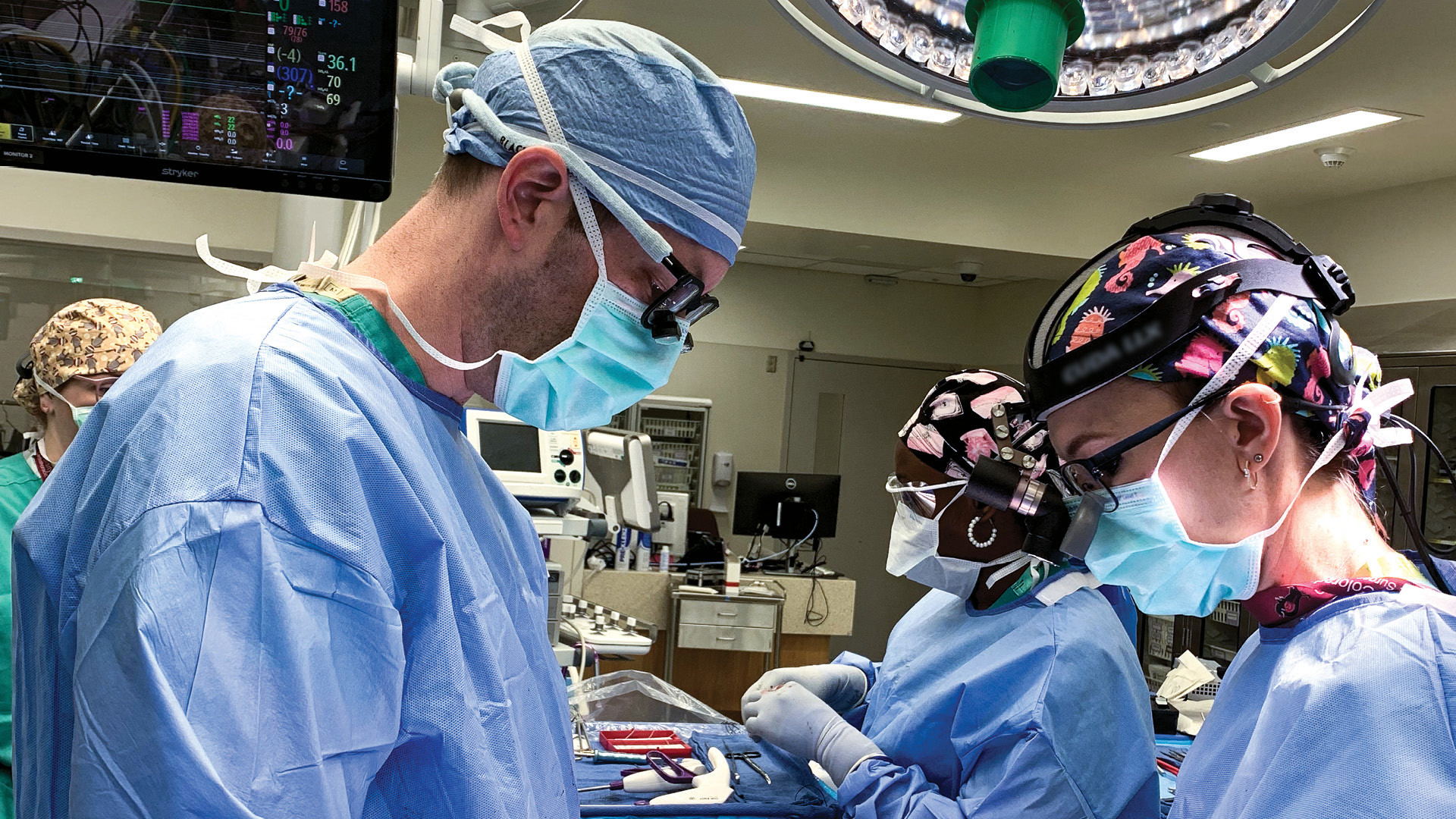Numerous Current Procedural Terminology (CPT)* coding questions raised during ACS coding courses and received via the ACS Coding Hotline underscore the need to explain key coding concepts in order to ensure accurate coding.
This article examines crucial coding concepts through fictional cases that should be familiar to general surgeons and related surgical specialties.
Laparoscopic Liver Biopsy
Case: While performing a laparoscopic appendectomy for appendiceal carcinoma, the surgeon also performs a liver biopsy of a suspicious lesion. Reportable codes include the following: 44970, Laparoscopy, surgical, appendectomy, and 47379, Unlisted laparoscopic procedure, liver.
Concept: It would not be appropriate to report add-on code 47001, Biopsy of liver, needle; when done for indicated purpose at time of other major procedure (List separately in addition to code for primary procedure), for the biopsy procedure. The intent of code 47001 has always been for a liver biopsy at the time of an open procedure as discussed in the AMA CPT Assistant 1992 Code Update (Winter 1991) after code 47001 was established. Additional CPT Assistant articles have reinforced that 47001 may only be reported for a liver biopsy via an open approach. Therefore, code 47379 should be reported when a liver biopsy is performed via a laparoscopic approach in addition to a laparoscopic primary procedure and add-on code 47001 should be used as a “proxy” for charges. This information supersedes guidance that was provided in the October 2018 ACS Bulletin column “CPT Coding for Hepatobiliary Surgery.”
Case: A patient with hepatocellular carcinoma underwent an exploratory laparoscopy to obtain a liver biopsy and assess the peritoneal cavity to exclude advance disease. The reportable code is 47379, Unlisted laparoscopic procedure, liver.
Concept: It would not be appropriate to report 49321, Laparoscopy, surgical; with biopsy (single or multiple) if the biopsy is the only laparoscopic procedure performed as this code is in the Abdomen, Peritoneum, and Omentum subsection of CPT and not the Liver subsection. For this clinical scenario, code 47379 should be reported and code 49321 should be used as a “proxy” for charges. This information supersedes guidance that was provided in the October 2018 ACS Bulletin column “CPT Coding for Hepatobiliary Surgery.”
Laparoscopic Appendectomy for Perforation
Case: A patient undergoes a laparoscopic appendectomy for perforated appendicitis requiring significantly more work than a typical laparoscopic appendectomy. The reportable code is 44970, Laparoscopy, surgical, appendectomy.
Concept: Although there are separate codes to differentiate an open appendectomy without rupture (44950) and with rupture (44960), there is only one code for a laparoscopic appendectomy (44970), and it is used to report a laparoscopic appendectomy for either scenario; with rupture or without rupture. It would not be correct to report 44979, Unlisted laparoscopy procedure, appendix for a laparoscopic appendectomy for perforation with abscess and peritonitis and use the open code 44960, Appendectomy; for ruptured appendix with abscess or generalized peritonitis as a “proxy” for charges. However, depending on the amount of extra time and/or work effort required when compared to a laparoscopic appendectomy without rupture, it may be appropriate to append modifier 22, Increased procedural services. Documentation must support the substantial additional work and the reason for the additional work (i.e., increased intensity, time, technical difficulty of procedure, severity of patient’s condition, physical and mental effort required).
Adjacent Tissue Transfer after Breast Surgery
Case: Immediately following a lumpectomy, the surgeon performs reconstructive tissue rearrangement including dissection through the breast parenchyma in order to create a pedicled flap of breast tissue that is then transposed into the defect to improve the contour of the breast. Reportable codes include the following: 19301, Mastectomy, partial (e.g., lumpectomy, tylectomy, quadrantectomy, segmentectomy) and code(s) for adjacent tissue transfer as appropriate (14000-14041, 14301-14302).
Concept: Reporting adjacent tissue transfer for immediate, partial breast reconstruction following lumpectomy is possible, although it requires the specific criteria for reporting adjacent tissue transfer. In addition to a description of the defect, it requires full documentation of the incisions required to create the pedicled flap of breast tissue, preservation of vascularity, the dimensions of the tissue mobilized, and the technique for transfer of the tissue into the defect. Undermining of the breast tissue off the pectoralis major muscle alone or undermining tissue within the breast parenchyma to advance tissue for primary repair is not considered adjacent tissue transfer and is bundled with the partial mastectomy code and not separately reportable.
Endocrine Surgery
Case: A patient underwent a right thyroid lobectomy years ago. It is now necessary to go back and remove the rest of the right lobe and also remove the left lobe (previously untouched). Reportable codes include the following: 60260-RT, Thyroidectomy, removal of all remaining thyroid tissue following previous removal of a portion of thyroid, and 60220-LT-59, Total thyroid lobectomy, unilateral; with or without isthmusectomy.
Concept: This reporting is based on the fact that 60260 is considered a bilateral procedure and since the left lobe was previously untouched, it would be incorrect to report a code for removal of remaining tissue when a total lobectomy is performed.
Case: A patient had a left lobectomy on March 1. On March 14, the patient is taken back to surgery by the same surgeon for a right thyroid lobectomy after pathology showed a malignancy in the right thyroid lobe. Reportable code for the first operation: 60220-LT, Total thyroid lobectomy, unilateral; with or without isthmusectomy. Reportable code for the subsequent operation: 60220-RT-58.
Concept: Modifier 58 is appended to the second operation because it was a “staged or related procedure or service by the same physician or other qualified healthcare professional during the postoperative period.”
Learn More
The ACS collaborates with KZA, Inc. on courses that provide the tools necessary to increase revenue and decrease compliance risk. These courses are an opportunity to sharpen your coding skills. You also will be provided online access to the KZA alumni website, where you will find additional resources and other FAQs about correct coding. Information about the courses can be accessed on the KZA website.
In addition, as part of the College’s ongoing efforts to help members and their practices submit clean claims and receive proper reimbursement, a coding consultation service—the ACS Coding Hotline—has been established for coding and billing questions. ACS members are offered five free consultation units (CUs) per calendar year. One CU is a period of up to 10 minutes of coding services time. Access the ACS Coding Hotline website today.













